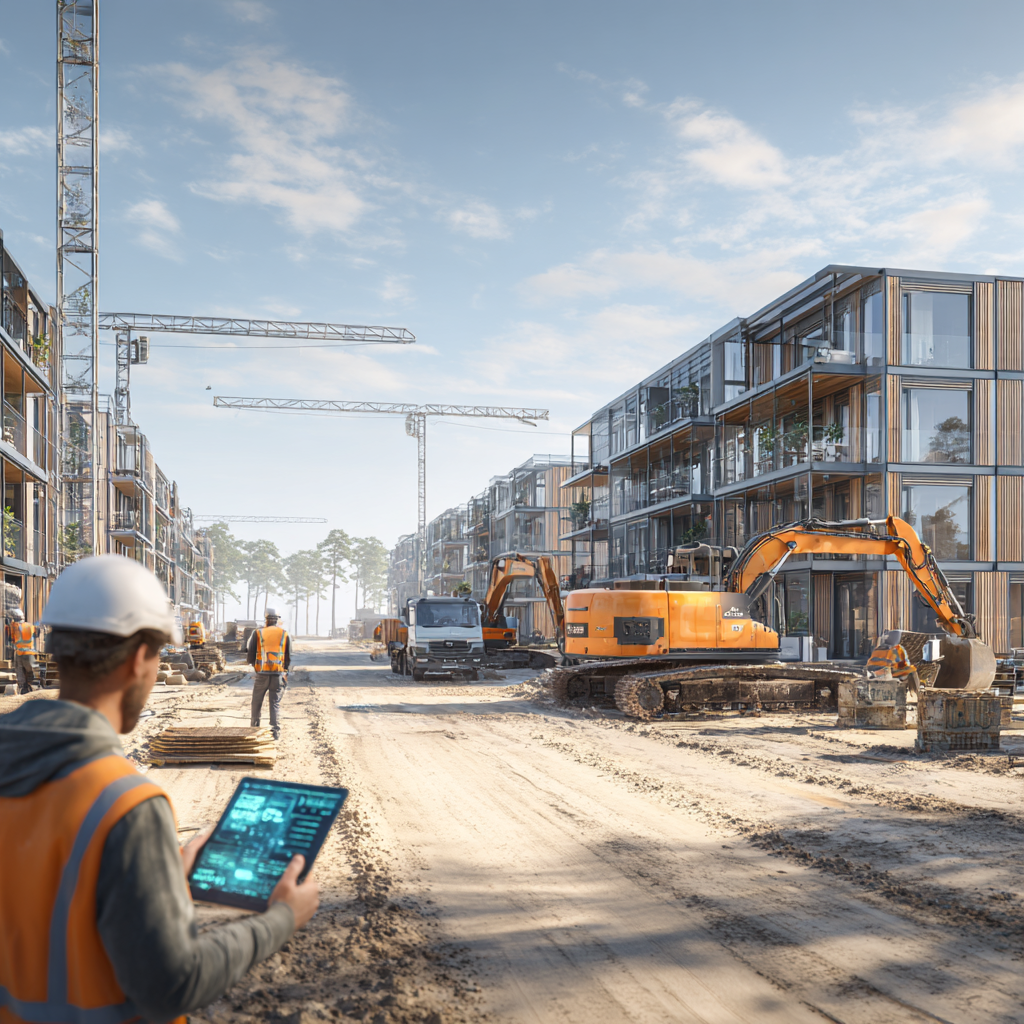The Changing Role of Sustainability in Tendering
Where sustainability previously revolved mainly around certifications or minimum standards, clients now set explicit and ambitious targets. Think of CO₂ reduction goals, circular building, and the use of zero-emission equipment on construction sites. At the same time, many clients are still exploring effective ways to integrate sustainability into their tender processes. This often leads to construction companies not only participating as potential contractors during preliminary market consultations but also advising clients on sustainability options.
Implications for the Tender Process
These new requirements significantly change the tendering process. Tender managers need to:
- Focus more on sustainability performance: Clearly documenting and providing evidence of sustainability measures is now essential.
- Collaborate with sustainability experts: Internal specialists are increasingly involved in writing bids to translate technical details into measurable sustainability scores.
- Think innovatively: Successful bids demonstrate forward-thinking and readiness to invest in innovative, sustainable solutions.
- Gain deeper insight into sustainability options: Tender managers must understand the range of possibilities around emission-free building and find an optimal balance. For instance, 100% emission-free construction might be ideal, but an 80% emission-free approach could offer a better balance between costs and benefits.
How Can You Prepare?
To succeed in a market where sustainability requirements are central, tender teams can take the following actions:
- Ensure clear insights: Winning a tender involves more than offering the right solution at the right price. As a contractor, it’s essential to understand clearly the risks you might encounter. Make sure your tender team fully grasps risks related to grid congestion, charging locations, delayed connections, and fluctuating energy prices.
- Use forecasting and simulation software: Tools like Build for Zero provide insight into the impact and costs of emission-free building. By simulating various scenarios in advance, you gain clarity on the feasibility of solutions and potential cost savings. This helps you make well-informed decisions and can provide your tender with a competitive advantage.
- Evaluate based on practice: Embed data collection throughout all business activities to continually optimize your processes.
Conclusion
Sustainability requirements are transforming tender processes from purely financial evaluations into broader assessments of impact and innovation. Tender teams that proactively adapt to this trend significantly increase their chances of securing successful projects.
Do you want to future-proof your tender processes and effectively respond to sustainability demands? Contact us today for a no-obligation consultation, or schedule a demo of Build for Zero to experience firsthand how you can elevate your tenders to the next level.


